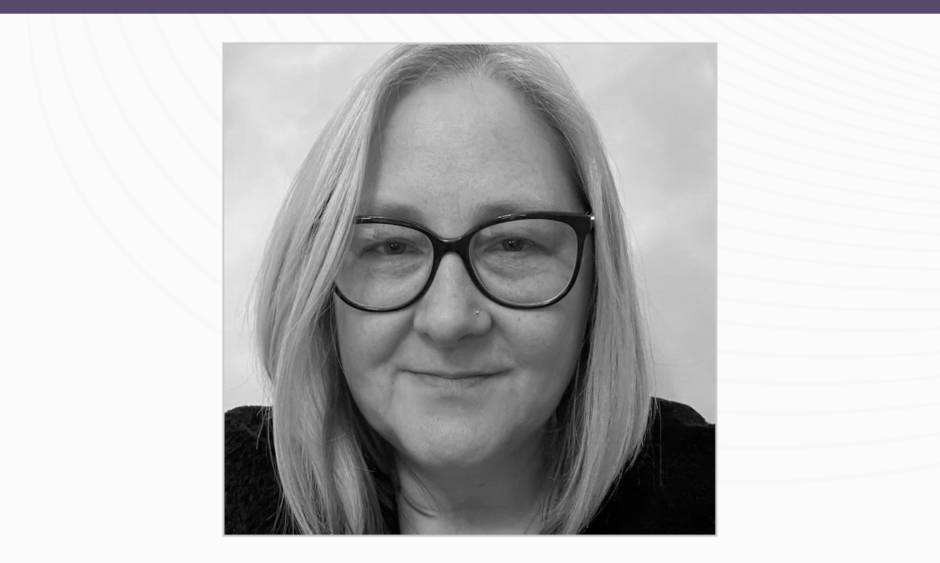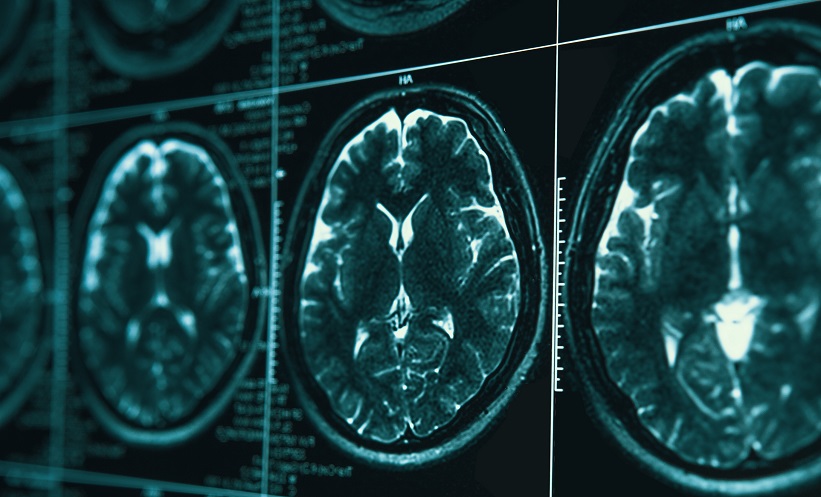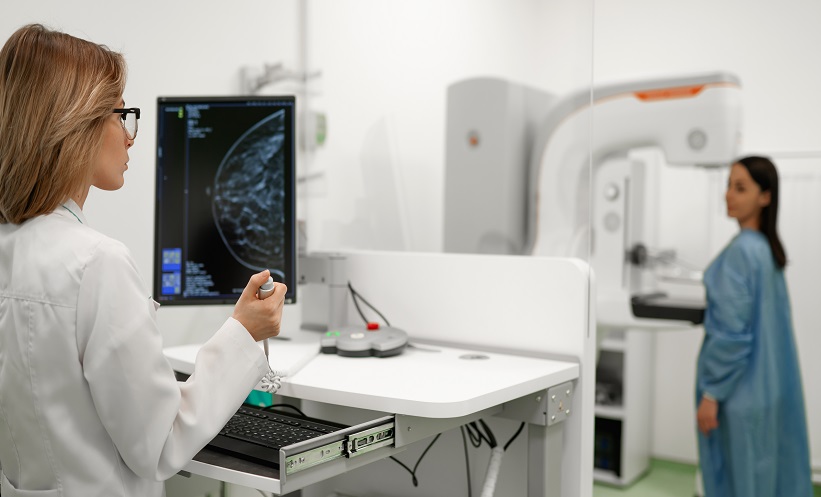Dr Elizabeth Loney | ECR 2021 Scientific Subcommittee Chairperson for Head and Neck Associate Medical Director and Consultant Radiologist, Calderdale and Huddersfield NHS Foundation Trust, Huddersfield, UK
![]()
With 16 years of experience as a consultant head and neck radiologist in the UK, what initially sparked your interest to pursue a career in this field?
When I qualified from medical school, I wanted to be an ear, nose, and throat (ENT) surgeon. There was no dedicated radiology training on my course as an undergraduate and the subject wasn’t on my radar. After 5 years as a surgical trainee and lots of exams, I was frustrated with the extremely long hours, and I rarely saw my young son. My friend from medical school, Dr Elizabeth Dick (who ironically is now the President of European Society of Emergency Radiology [ESER] and the ECR subcommittee chair!) said over coffee one day: “What about radiology?” She was entering a registrar training programme and said how great a subject it was, with a far better work–life balance. I looked into it and thought, “This is fantastic; I can still work in the area I love (head and neck), the specialty is rapidly developing, and I get to see my family.” I’ve never regretted my decision to change and believe that my experience in ENT surgery has made me a better radiologist as I understand what the surgeon wants to know from a radiology report.
What was the most important lesson you learnt from your previous role as the President of the British Society of Head and Neck Imaging (BSHNI)?
Being President of the BSHNI was a great honour and privilege. Society members entrusted me to lead and develop a really special organisation with a family feel. My mantra has always been ‘inclusive, not exclusive’, and I believe I brought that to the role. If we want to raise reporting standards and encourage people into the speciality we have to teach and support the many, not the few. Being President is not about pushing your own agenda, but listening to others, collaborating, and doing the right thing for the society. I learnt to trust and delegate to a greater extent than before. It is not possible to do everything yourself, which is why you have a committee, and I was fortunate to work with some amazing people. Together, and with the wonderful European Society of Head and Neck Radiology (ESHNR) team, we delivered some excellent, well-received events.
Leadership skills are an essential part of strategically shaping scientific advancement. How do you inspire the novice radiologists who look up to you for guidance?
Everyone is a leader, although most don’t think of themselves in that way. You might be training students, managing a small team, or in charge of a large organisation, the skills are the same. The biggest difference is, the higher up the ladder you get, the less you know about the areas you cover. It’s not possible to be an expert in everything. As radiologists we are used to knowing a lot about what we do. As a leader we must trust others to be the expert, and look at the bigger picture.
Lead by example, don’t ask others to do what you would not do yourself. Get involved and don’t stand on the side-lines, shouting. Too many people complain about things, but when asked to help make changes, they step back. Don’t be that person.
Take people with you; encourage discussion and collaboration. Explain what you are doing and why. Share the credit when things go well and take the blame when they don’t. Learn from your mistakes and don’t be afraid to admit to them.
Always be kind. To your colleagues, other healthcare professionals, and yourself. On numerous occasions something good has happened to me as a result of a small kindness I may have forgotten, sometimes years before. If you are reliable, hardworking, and honest, good things will come to you. I think someone once said: “People will forget what you do and say, but not how you made them feel.” Wise words indeed.
You delivered a presentation on facial trauma imaging at the 2021 ECR. What was the main take away message from this?
I think my main message is, “Always have a system.” I present my personal approach to reporting facial trauma scans, the ‘Loney 3-step System’, I suppose! It’s pretty simple, but deliberately so. Complex facial trauma can seem like a tricky subject but if you consider the mechanism and force of injury, other injuries the patient may have sustained and avoid ‘satisfaction of search’ by being systematic, it makes it easier.
You have recently been appointed as the Scientific Subcommittee Chairperson of Head and Neck. Could you please explain what this position entails and how it contributes to the success of the ECR?
I felt very honoured to be offered this position, and a great deal of responsibility to come up with an engaging, educational scientific programme for ECR 2021. About 18 months ago, I worked with my excellent subcommittee members to put forward ideas for sessions and suggested speakers, some of which were accepted by the Programme Planning Committee. Speakers were then invited, some to present live and others to be prerecorded. In addition, the subcommittee vetted and scored all abstracts submitted in the head and neck category in November 2020, personally, I read over 200! I am always inspired by the work and effort authors put into their submissions. During ECR itself, there are sessions to chair and moderate; the culmination of 18 months’ work to maintain the high educational standards ECR is known for.
The radiology world has changed radically in the past decade, especially with technological advances such as AI imaging, what role do you think AI will play in the day-to-day of head and neck imaging?
There is no doubt that AI will play an ever-increasing role in radiology, but perhaps not so much in head and neck imaging in the short to medium term. Algorithms for reading chest radiographs and lung CT are already here but the head and neck is a complex anatomical area and plain films play a much smaller role. Trauma imaging in this region may be the first area to receive AI input as part of a major trauma body scan, and other areas such as temporal bone and sinus CT might lend themselves to computer algorithms, but complex oncological imaging seems likely to remain in the ‘human reporter’ domain for some time to come. Initially, double reporting might be useful as a quality assurance tool, however. Radiology has a history of embracing innovation and making it work for us. Long may that continue! ■








